Injury Prevention in Sports: Evidence-Based Strategies That Work
"Injury Prevention in Sports: Evidence-Based Strategies That Work" explores the most reliable, research-backed methods athletes and fitness enthusiasts can use to stay safe, strong, and consistently active. This article breaks down how proper warm-ups, mobility training, load management, strength conditioning, and recovery routines play a crucial role in reducing injury risk. It also highlights the role of biomechanics, sports science, and modern technology in identifying risk factors before they become problems. Whether you're a coach, athlete, or beginner, this guide provides practical, science-supported strategies to help you train smarter, move better, and prevent common sports injuries.
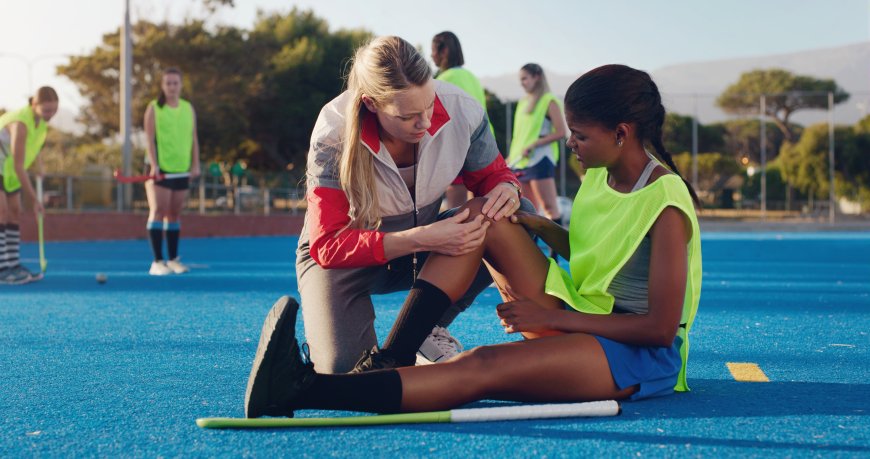
Injury Prevention in Sports: Evidence-Based Strategies That Work
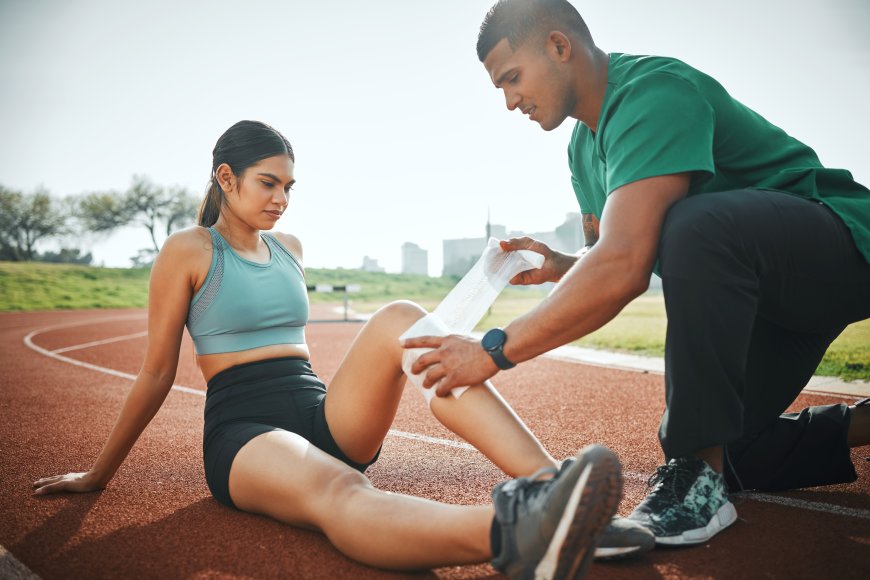 Staying active and competitive requires more than talent and hard work— it requires staying healthy. Sports injuries are one of the biggest barriers to long-term athletic performance, often caused by overtraining, poor technique, or inadequate recovery. Fortunately, research in sports science has given us proven strategies that athletes, coaches, and fitness enthusiasts can use to minimize injury risk. By understanding how the body responds to training and applying evidence-based practices, athletes can perform better while greatly reducing setbacks.
Staying active and competitive requires more than talent and hard work— it requires staying healthy. Sports injuries are one of the biggest barriers to long-term athletic performance, often caused by overtraining, poor technique, or inadequate recovery. Fortunately, research in sports science has given us proven strategies that athletes, coaches, and fitness enthusiasts can use to minimize injury risk. By understanding how the body responds to training and applying evidence-based practices, athletes can perform better while greatly reducing setbacks.
1. Understanding the Causes of Sports Injuries
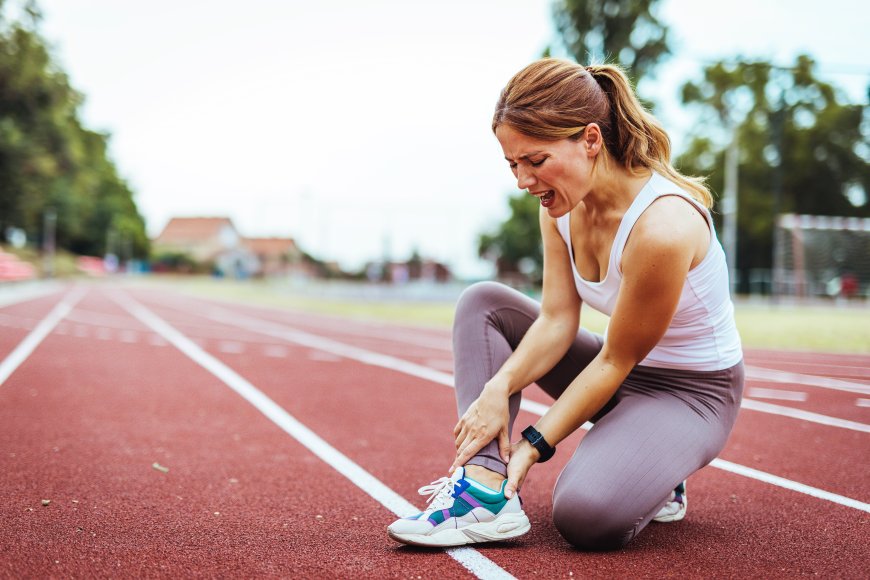 Sports injuries generally fall into two categories: acute (like sprains or fractures from sudden impact) and overuse (like tendinitis or stress fractures caused by repetitive stress). Studies show that overuse injuries account for nearly 50% of all sporting injuries—making prevention critical.
Sports injuries generally fall into two categories: acute (like sprains or fractures from sudden impact) and overuse (like tendinitis or stress fractures caused by repetitive stress). Studies show that overuse injuries account for nearly 50% of all sporting injuries—making prevention critical.
Common causes include:
-
Poor movement mechanics
-
Weak or imbalanced muscles
-
Insufficient warm-ups
-
Training errors such as sudden increases in intensity
-
Fatigue and lack of recovery
-
Improper footwear or equipment
By addressing these core factors, athletes can significantly reduce injury risk across all sports.
2. Warm-Up Science: Why It Matters
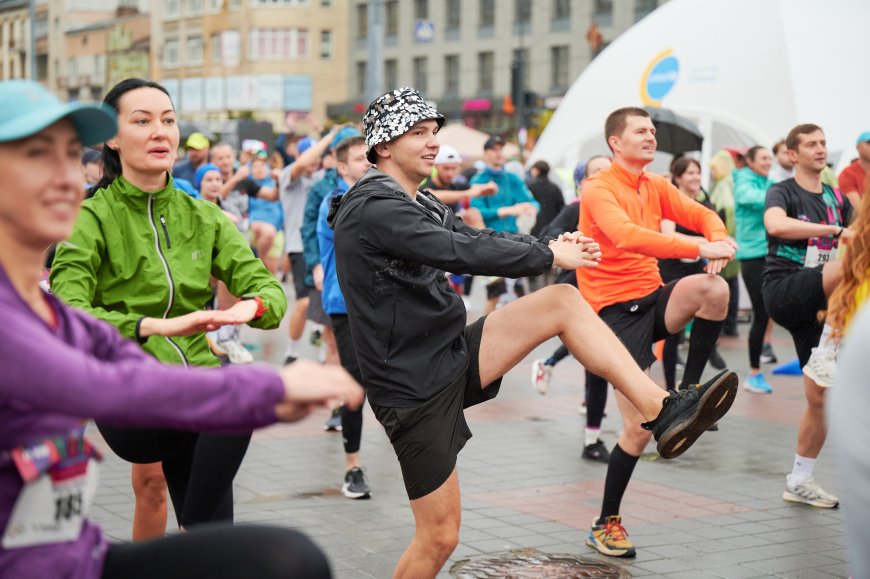 A proper warm-up is one of the simplest and most effective injury-prevention tools. Research consistently shows that dynamic warm-ups improve muscle temperature, blood flow, and joint mobility—all of which prepare the body for safe movement.
A proper warm-up is one of the simplest and most effective injury-prevention tools. Research consistently shows that dynamic warm-ups improve muscle temperature, blood flow, and joint mobility—all of which prepare the body for safe movement.
Effective warm-ups include:
-
Light aerobic activity (3–5 minutes)
-
Dynamic stretching (leg swings, arm circles)
-
Sport-specific drills
-
Short, controlled bursts of movement
Static stretching should be avoided before intense training, as it may reduce power and performance. Instead, reserve static stretches for the cool-down.
3. Strength Training for Injury Prevention
 Contrary to old myths, strength training does not make athletes “stiff” or “slow”—it actually improves movement efficiency and protects joints. Stronger muscles support bones and connective tissues, reducing strain during high-impact or repetitive activities.
Contrary to old myths, strength training does not make athletes “stiff” or “slow”—it actually improves movement efficiency and protects joints. Stronger muscles support bones and connective tissues, reducing strain during high-impact or repetitive activities.
Key evidence-based strength strategies include:
-
Core strengthening for stability and balance
-
Posterior chain training (hamstrings, glutes, back) to improve posture and power
-
Eccentric training, which has been proven to reduce hamstring and Achilles injuries
-
Functional strength work, such as squats, lunges, and push movements
Well-designed strength programs are essential not only for physical development but also for long-term durability.
4. Load Management: Training Smart, Not Just Hard

One of the biggest predictors of injury is the spike in training load—when athletes suddenly increase volume or intensity. Sports scientists recommend following the 10% rule, meaning training loads should not increase more than 10% per week.
Effective load management includes:
-
Monitoring training volume, intensity, and frequency
-
Using periodization (phased training cycles)
-
Incorporating lighter “deload” weeks
-
Tracking fatigue and readiness
Athletes who train consistently at manageable loads statistically experience fewer injuries and better performance.
5. Mobility and Flexibility: Moving With Control
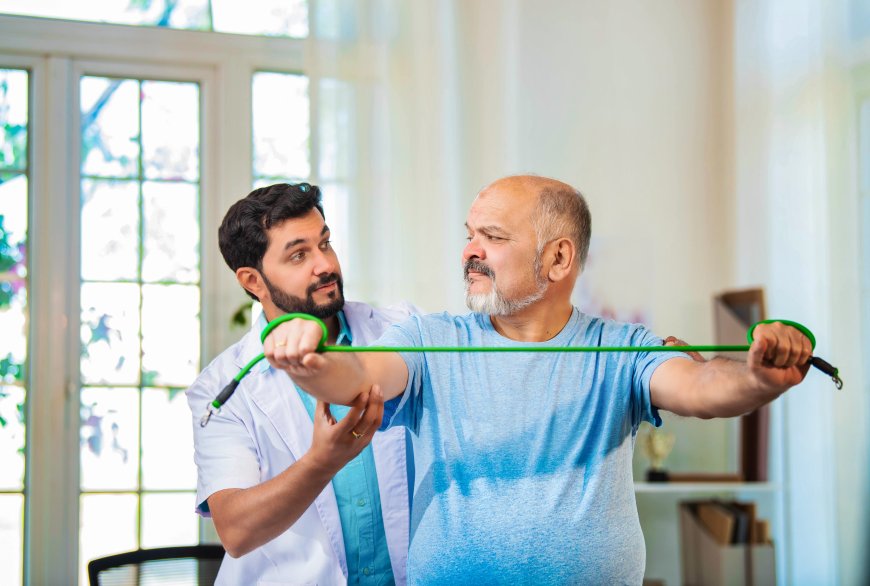 Good mobility allows proper joint movement, helping athletes maintain safe and efficient mechanics. Sports science shows that controlled mobility work, not just passive stretching, is most effective.
Good mobility allows proper joint movement, helping athletes maintain safe and efficient mechanics. Sports science shows that controlled mobility work, not just passive stretching, is most effective.
Useful strategies include:
-
Joint mobility drills
-
Controlled articular rotations (CARs)
-
Foam rolling for soft tissue release
-
Post-training static stretching to improve flexibility
Improving mobility reduces imbalances and compensations—the root of many overuse injuries.
6. Recovery: The Most Overlooked Injury Prevention Tool
 Recovery is just as important as the training itself. Overtraining can lead to chronic fatigue, muscle breakdown, hormonal imbalance, and higher injury risk.
Recovery is just as important as the training itself. Overtraining can lead to chronic fatigue, muscle breakdown, hormonal imbalance, and higher injury risk.
Evidence-based recovery methods include:
-
Adequate sleep (7–9 hours)
-
Hydration and balanced nutrition
-
Active recovery sessions
-
Ice baths or contrast showers when needed
-
Proper cool-down routines
Athletes who prioritize recovery show greater consistency and fewer long-term issues.
7. Biomechanics and Technique: Training With Precision
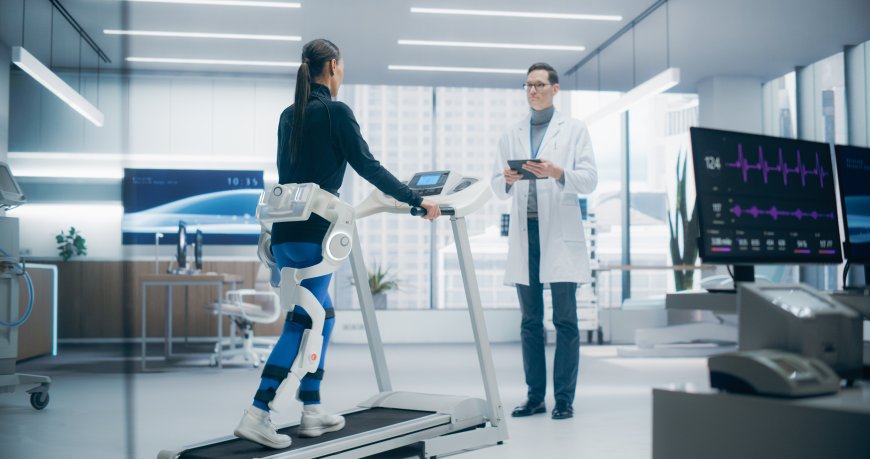 Poor technique leads to unnecessary stress on joints and muscles. Biomechanical analysis—whether through expert coaching, video review, or wearable technology—helps identify technique flaws early.
Poor technique leads to unnecessary stress on joints and muscles. Biomechanical analysis—whether through expert coaching, video review, or wearable technology—helps identify technique flaws early.
Examples:
-
Incorrect landing mechanics in jumping sports
-
Overstriding in running
-
Poor posture during lifting
Correcting these through proper coaching can significantly reduce injury risk.
8. Using Technology and Data for Prevention

Modern sports science uses technology to spot injury risks early:
-
GPS trackers for load monitoring
-
Heart rate variability (HRV) tracking
-
Motion-capture tools for biomechanical analysis
-
Force plates for jump testing
-
Wearables for sleep and recovery scoring
These data-driven insights help athletes tailor their training and prevent overload.
Conclusion
Injury prevention is not just about avoiding pain—it’s about maximizing performance, improving longevity, and maintaining consistency in training. By applying evidence-based strategies such as proper warm-ups, strength training, load management, mobility work, recovery protocols, and biomechanical optimization, athletes can train smarter and safer.
When athletes understand their bodies and follow science-backed practices, they build the foundation for long-term success in any sport.
What's Your Reaction?
 Like
0
Like
0
 Dislike
0
Dislike
0
 Love
0
Love
0
 Funny
0
Funny
0
 Angry
0
Angry
0
 Sad
0
Sad
0
 Wow
0
Wow
0
























































































































































































